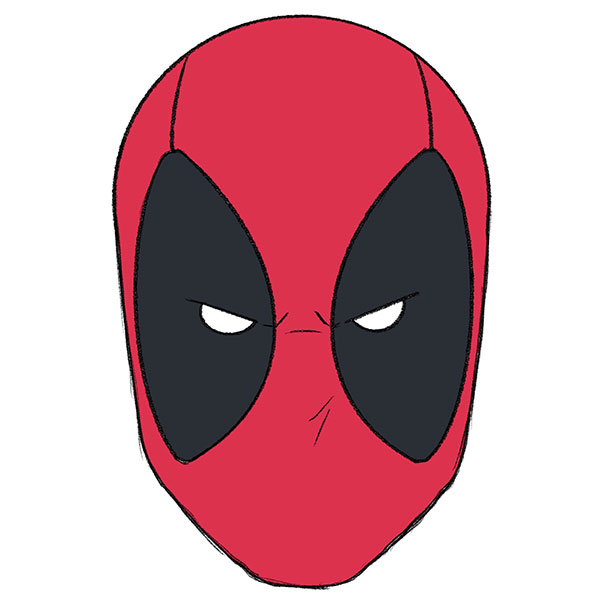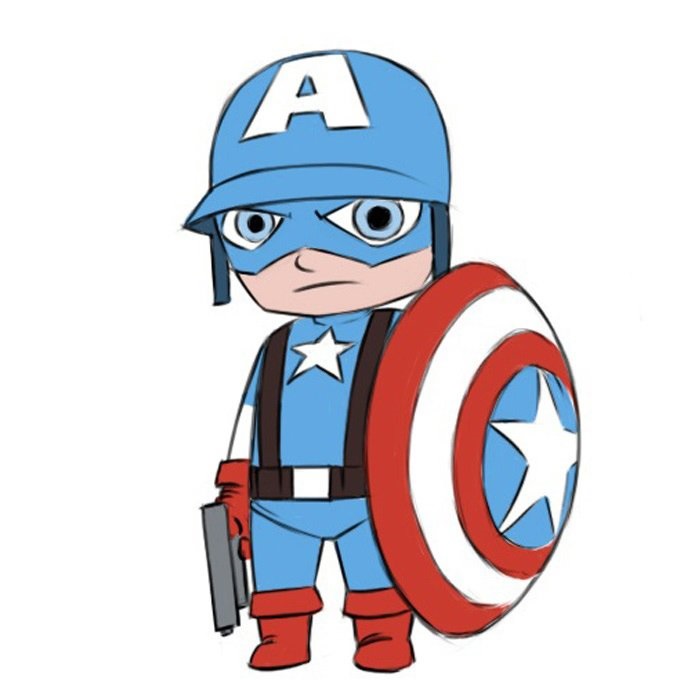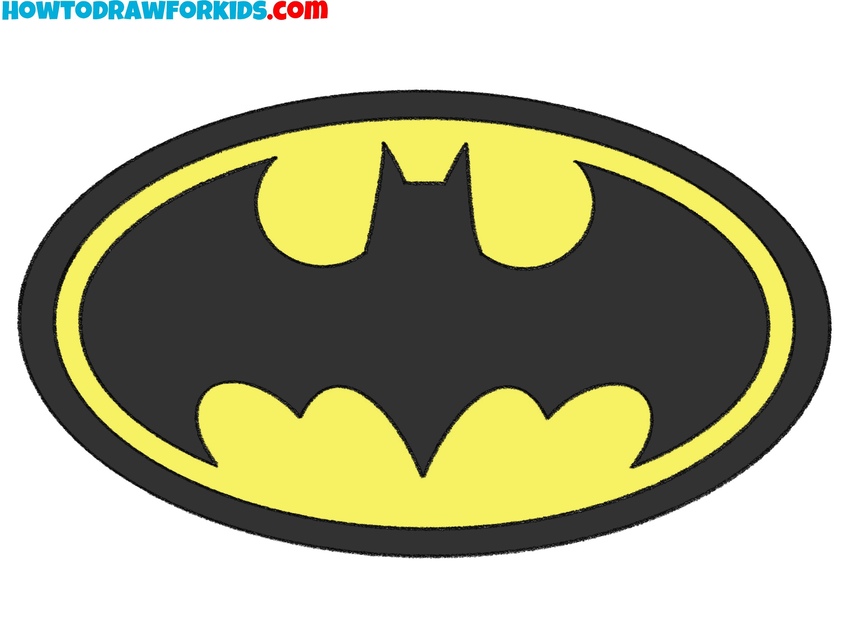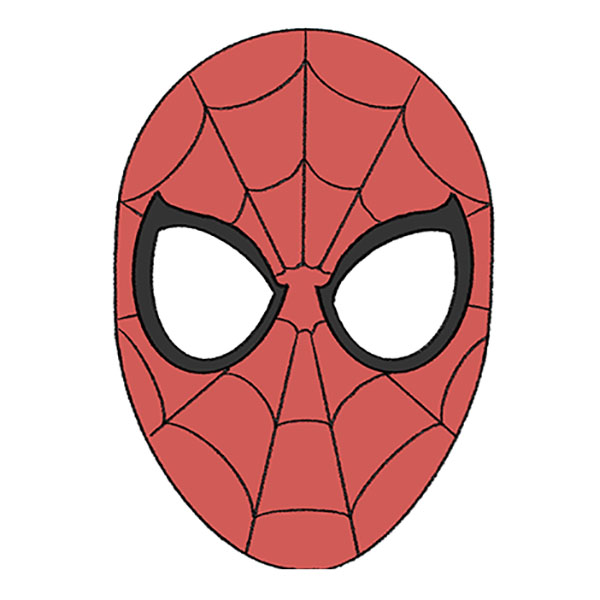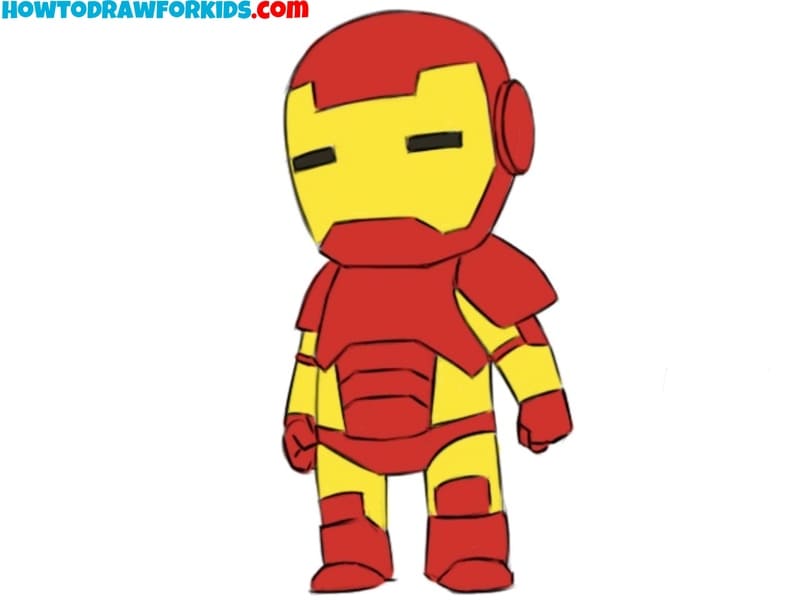How to Draw Storm From X-Men
We’re back to the comic book theme to learn how to draw Storm, a charismatic X-Men member with the power to control the weather.

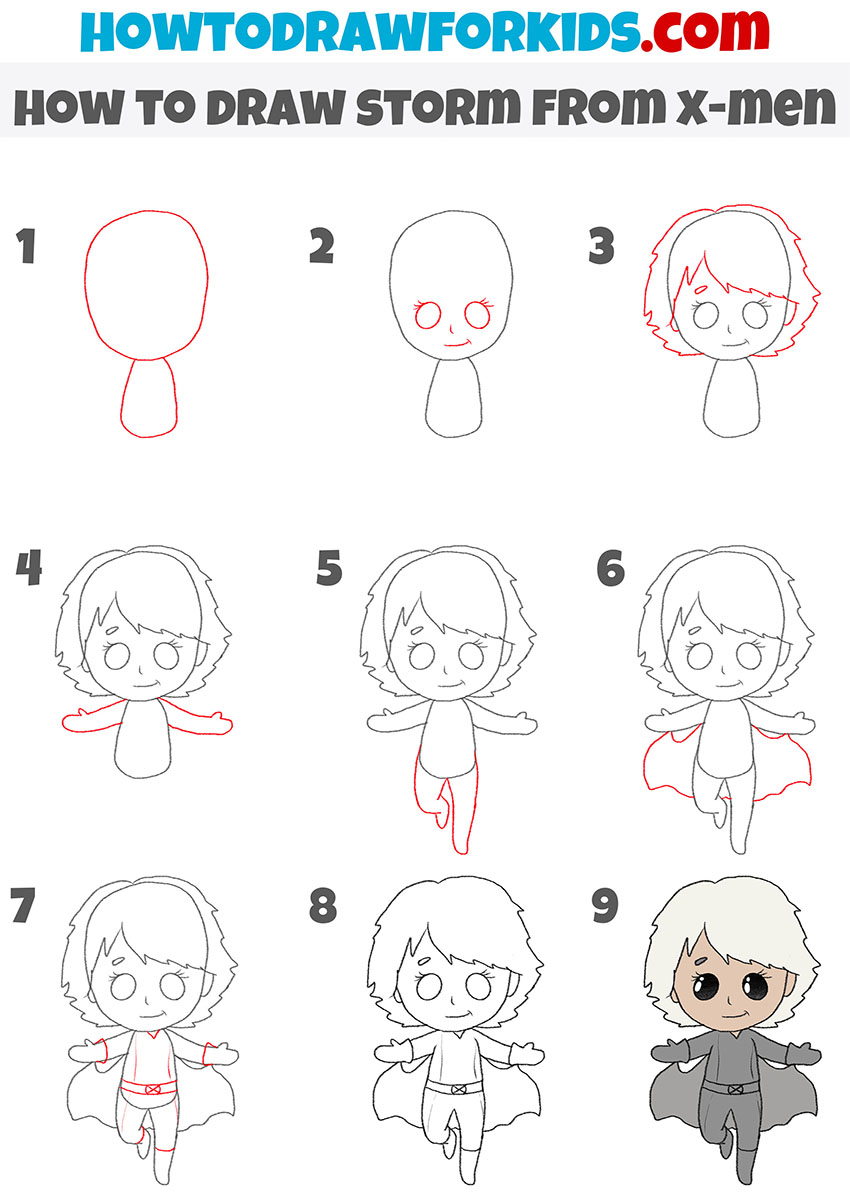
How to Draw Storm from X-Men: Basic Information
When drawing Storm or any other superhero in this simplified style, there are several key aspects to focus on. First, you must pay attention to the proportions of her head and body.
Since simplified characters are typically drawn with exaggerated heads and smaller bodies, the head should be significantly larger than the body to maintain the style’s distinct look.
For beginners, this tutorial serves as an introduction to sketching comic book character features and achieving likeness without being overwhelmed by details.
Additionally, this tutorial offers practice in drawing dynamic elements in simplified manner, such as Storm’s flowing hair and cape, which can help artists improve their ability to depict movement still image.
Storm from X-Men Drawing Tutorial
Materials
- Pencil
- Paper
- Eraser
- Coloring supplies
Additional Content
Time needed: 30 minutes
How to Draw Storm from X-Men
- Draw the head and body shape.
Start by drawing a large oval shape for the head. The head in this stye should be significantly larger than the body. Beneath the head, draw a smaller shape resembling a bell or teardrop to represent the body. These basic forms serve as the foundation for the entire Storm drawing.
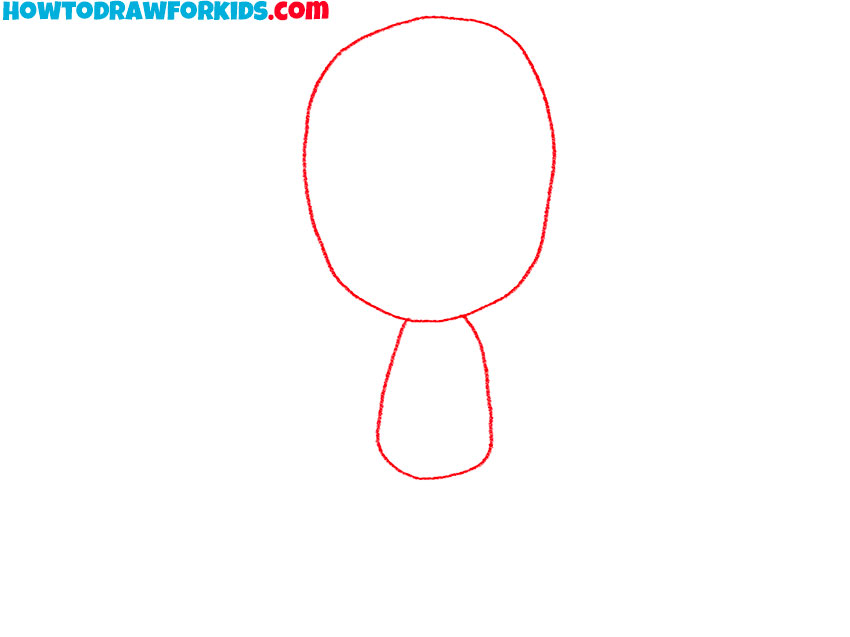
- Add facial features.
Draw two large circles for the eyes, placed towards the middle of the face. Draw the eyelashes with shirt curves. Below the eyes, draw a shirt line for the nose and small curved line for the mouth. Keep the facial expression simple. The focus is primarily on the large, expressive eyes.
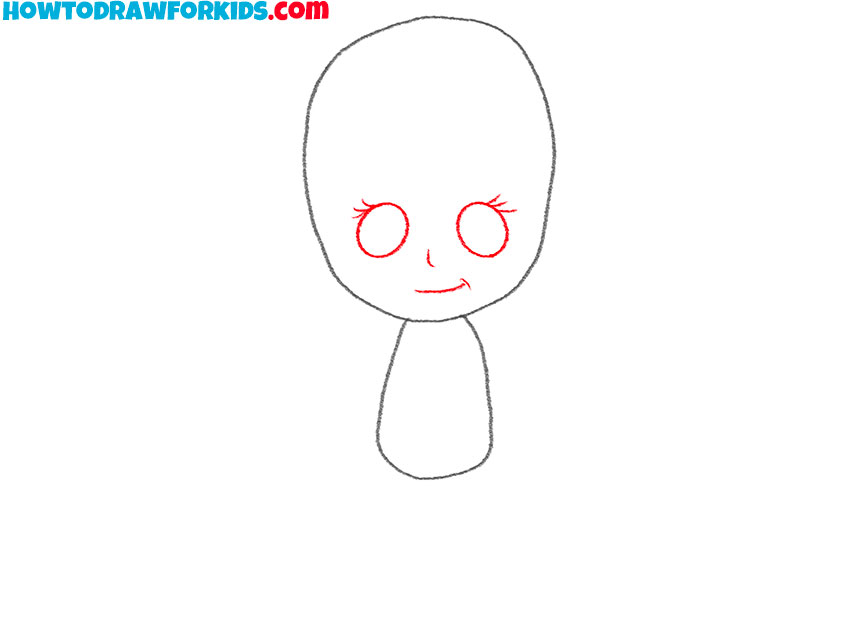
- Draw the hair of Storm.
Start by drawing large, sweeping curves around the head to represent her flowing locks. The hair should appear full and voluminous, framing her face. The hair should cover part of her forehead and flow outwards around her head.
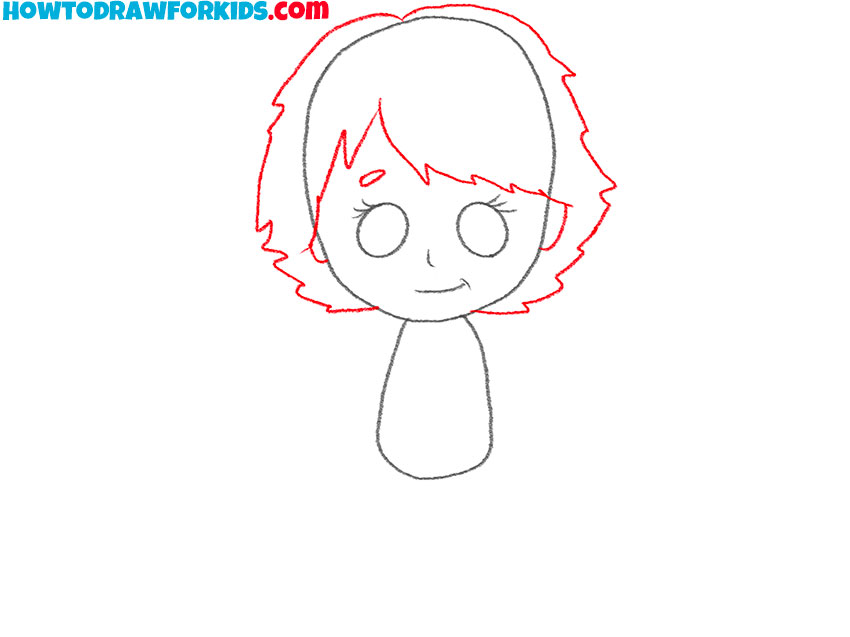
- Add the arms of the superhero.
Draw the arms with simple short lines. Next, draw the hands at the ends of the arms. Keep the arms simple and rounded, as characters drawn in cartoon or simplified style often have stubby or short limbs. Position the arms outward, as if Storm is flying or ready to summon her powers.
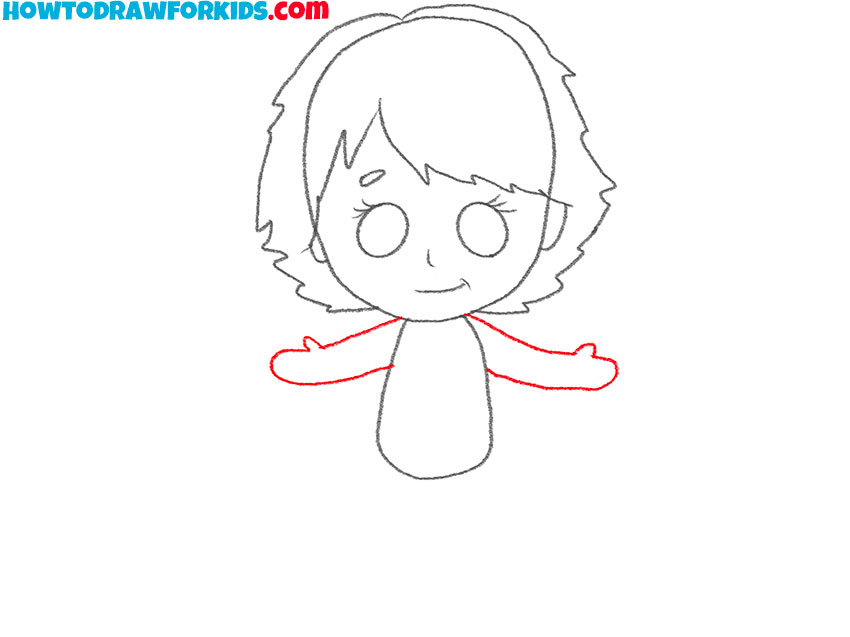
- Draw the legs of Storm.
Now, add the legs to complete Storm’s basic figure. Similar to the arms, the legs should be short and stylised. The right leg can be drawn slightly raised, while the left leg extends downwards. Avoid adding too much detail to maintain the cartoon style, which focuses on simplicity.
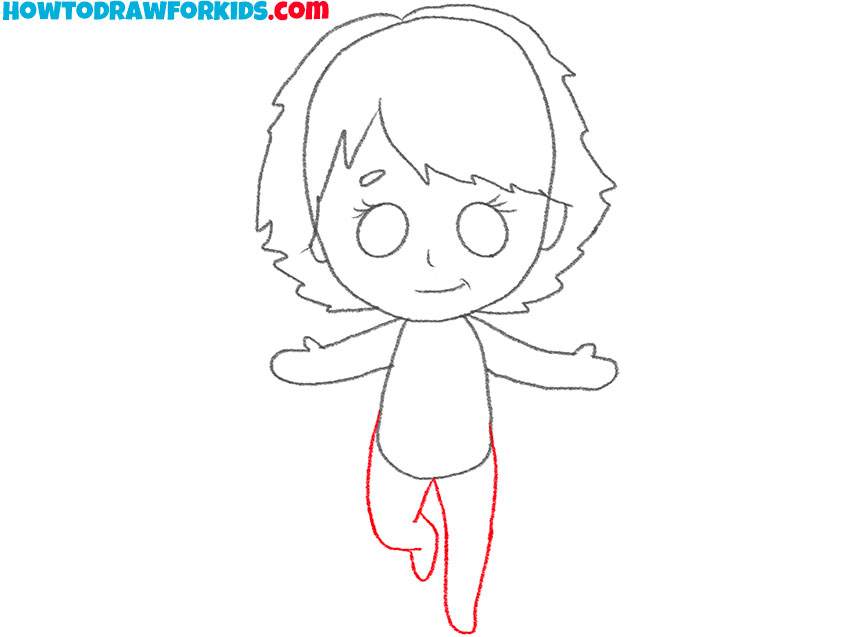
- Illustrate the flowing cape.
Storm’s cape is a one of key parts of her superhero look. Begin the cape from the shoulders, extending it outwards and downwards. Use long, flowing lines to make the cape appear as though it’s billowing in the wind. Focus on making equal the parts flowing on both sides of her body.
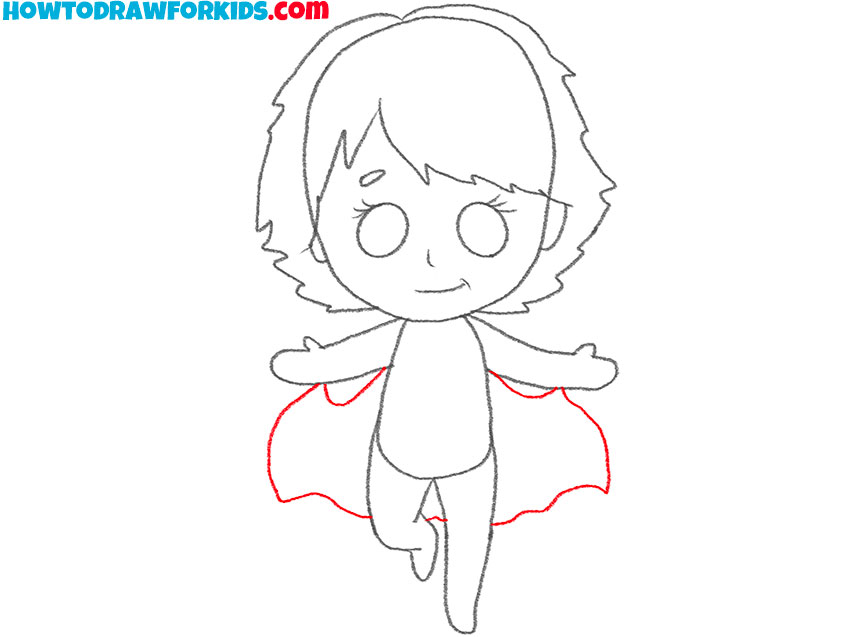
- Detail the costume of the superhero.
Start by drawing a belt around her waist with an “X” emblem in the center to represent her X-Men uniform. Next, draw Storm’s boots and gloves, adding simple lines. Keep the costume design minimal to maintain the simplified style, but make sure it includes key elements to make the character recognizable.

- Finalise the sketch.
In this step, go over the entire Storm drawing, refining the outlines and ensuring all elements are clear. Darken the lines if it’s necessary. Adjust any parts of the drawing that may look uneven or out of proportion. This is the stage where you solidify the character’s final appearance.
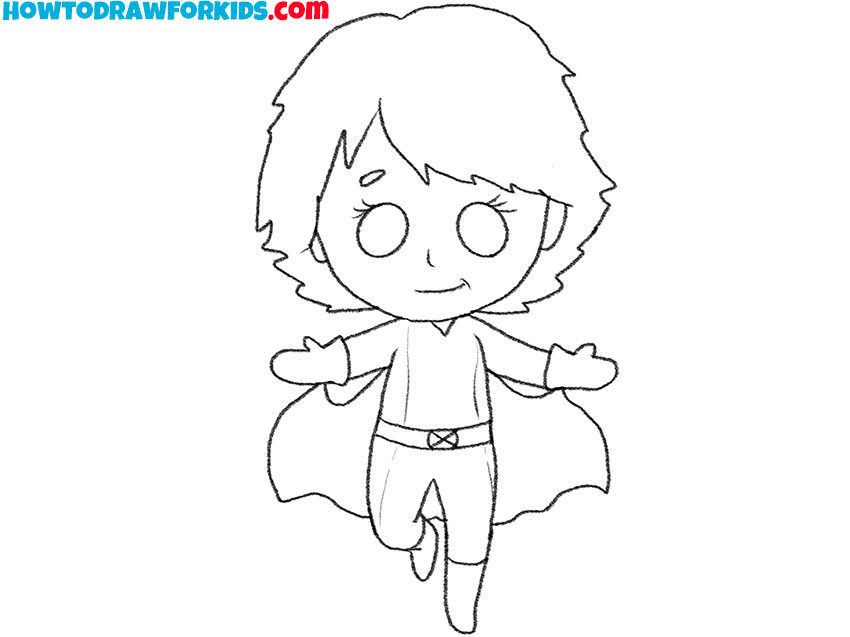
- Add colors to your drawing.
Storm’s costume is typically black with silver or gray accents, so use those colors to fill in her outfit. For her hair, use a light gray or white to create her distinctive look. Add a skin tone for her face and hands, using brown shades.
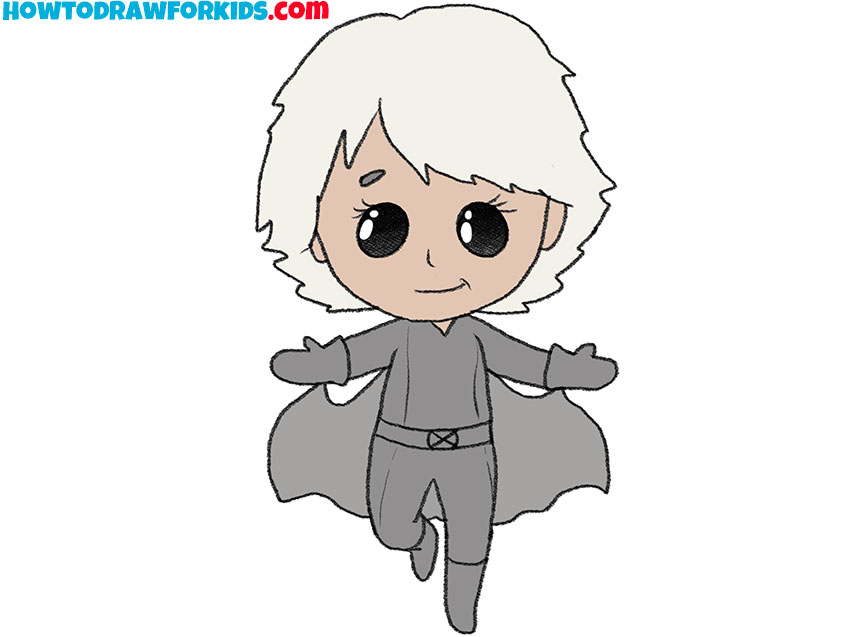
Additional Content
I’m pleased to provide a PDF version of this Storm drawing lesson for all artists. This downloadable guide includes the key steps outlined in the tutorial, allowing you to access it at any time, even when you’re offline. It’s a convenient resource for anyone who wants to follow the lesson without needing an internet connection.
This PDF is particularly useful if you need a reference while away from your computer or screen but still wish to practice your drawing skills. Simply download, save it to your device, and use it whenever you’re ready to continue learning and drawing on your own schedule.
Advanced Techniques
To truly illustrate Storm’s ability to control weather, integrate atmospheric effects like lightning, wind, or rain into your drawing. This can be done by adding drawings of bolts of lightning in the background, swirling clouds, or soft rain.
For more advanced compositions, place Storm in an environment that matches comic book style . You could draw her on a rooftop, in a stormy sky, or on the battlefield. Make sure to keep Storm as the focal point by controlling the level of detail and contrast in the background compared to the figure.
When drawing Storm in a comic book style, adding other characters can create a more interesting scene. To maintain focus on Storm, consider positioning supporting characters strategically to highlight her role as the central figure. For example, you can draw Wolverine or Cyclops at the background.
Shading in a comic book style often involves a balance between bold, high-contrast areas and more subtle transitions. For Storm, this means using heavy shadows under her cape, around her eyes, or in the folds of her costume to create comic book look.
Coloring in comic books is really important for the overall look of the artwork. For Storm, using a limited but powerful color palette can make the drawing look really comic book style.
Conclusion
We’ve completed the process of drawing a simplified version of Storm from X-Men, but your learning doesn’t have to stop here. If you’re looking to continue improving your skills, you can visit other tutorials. For example, check out a detailed guide on how to draw Spider-Man, where you’ll learn how to illustrate this iconic Marvel comic superhero.
To stay updated on new tutorials, techniques, and helpful drawing tips, consider following my social media channels. This way, you’ll be informed of the latest content, which may introduce new drawing styles or focus on specific elements like anatomy, shading, or perspective.


